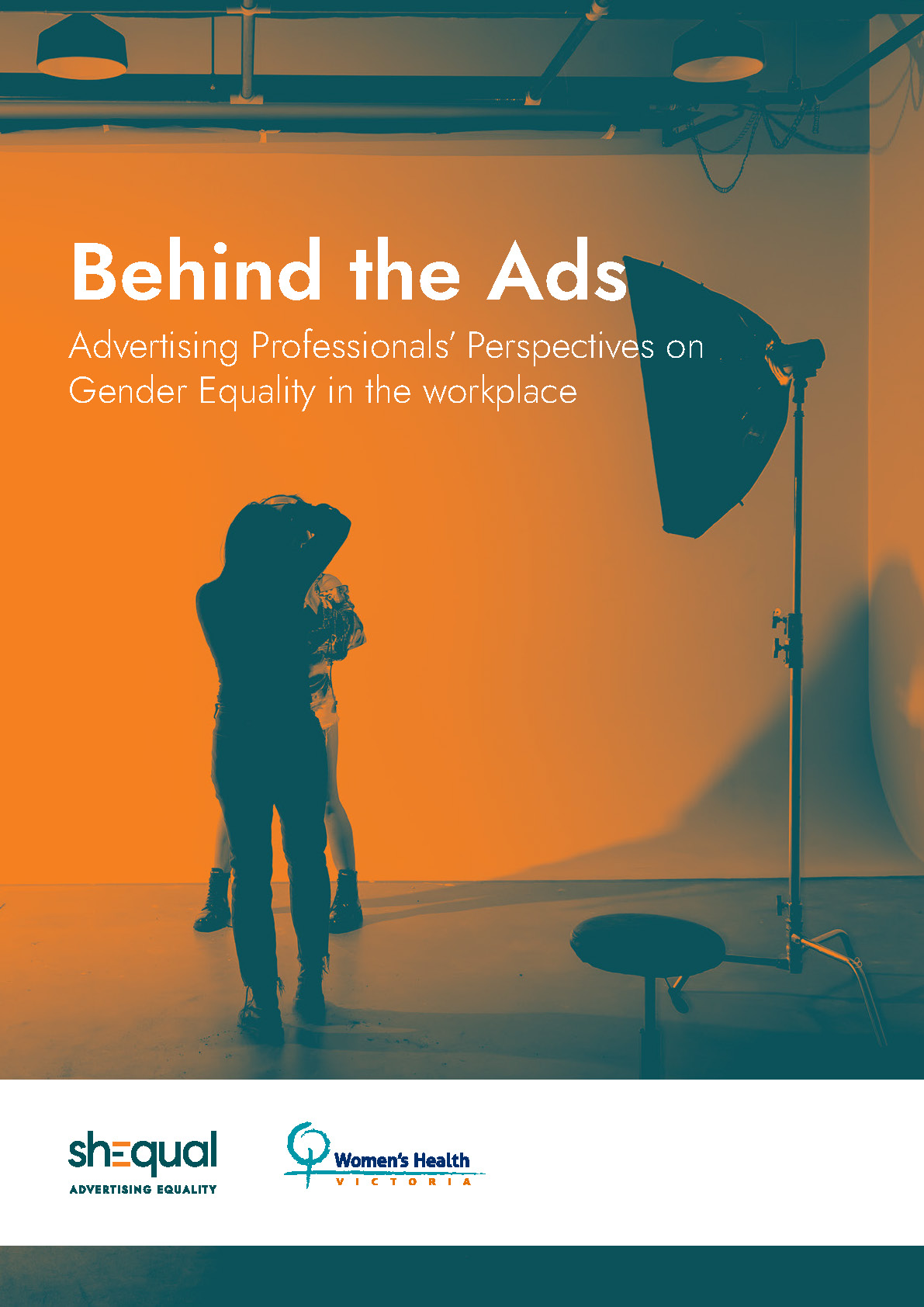The next take
shEqual recognises the advertising industry’s power to change the narrative and ensure that the ads we see every day are representative, real and empowering, rather than harmful to those who view them. But achieving gender equality starts behind the ads, in the workplaces that commission and create them.
Read the full report to hear real experiences of gender inequality in the ad industry.

